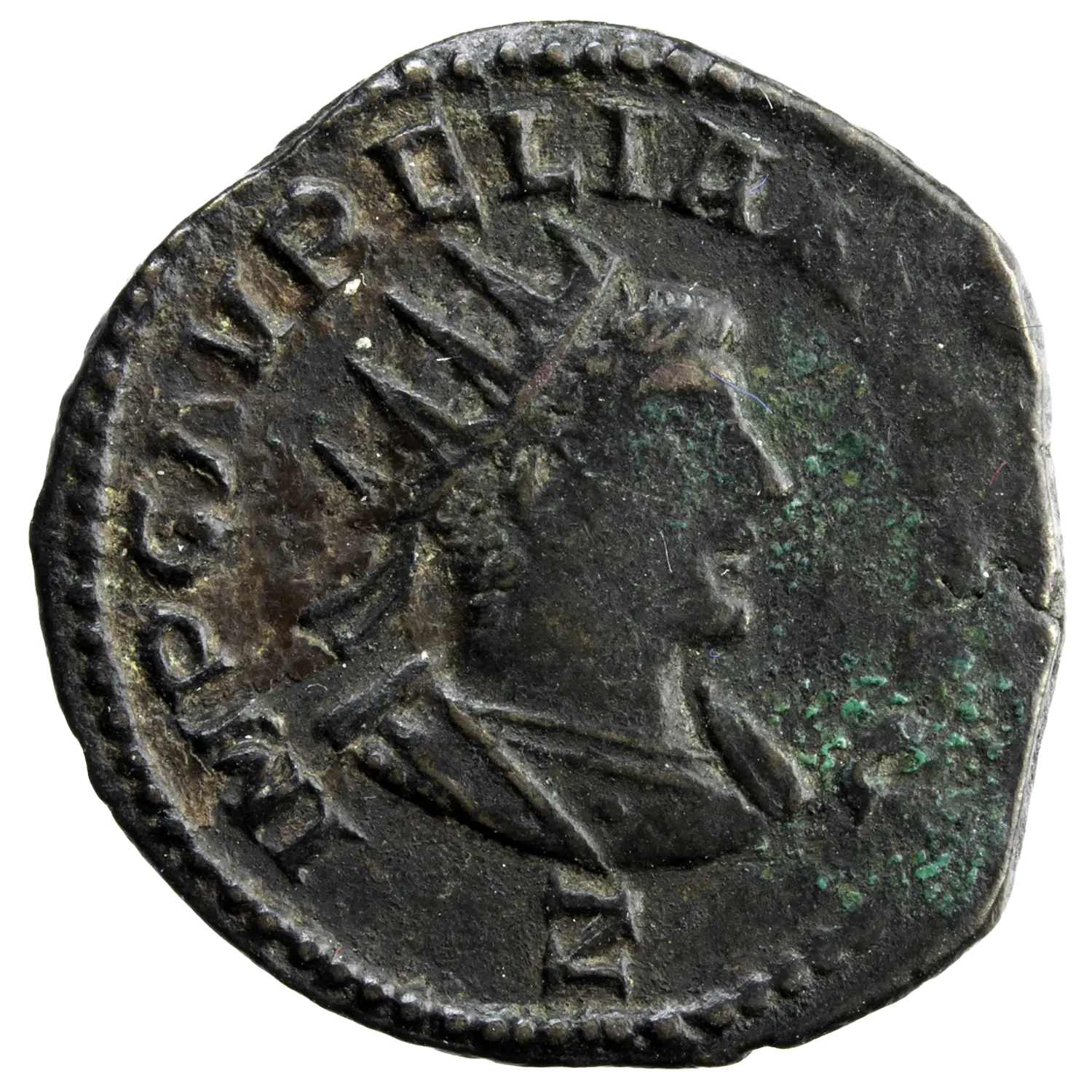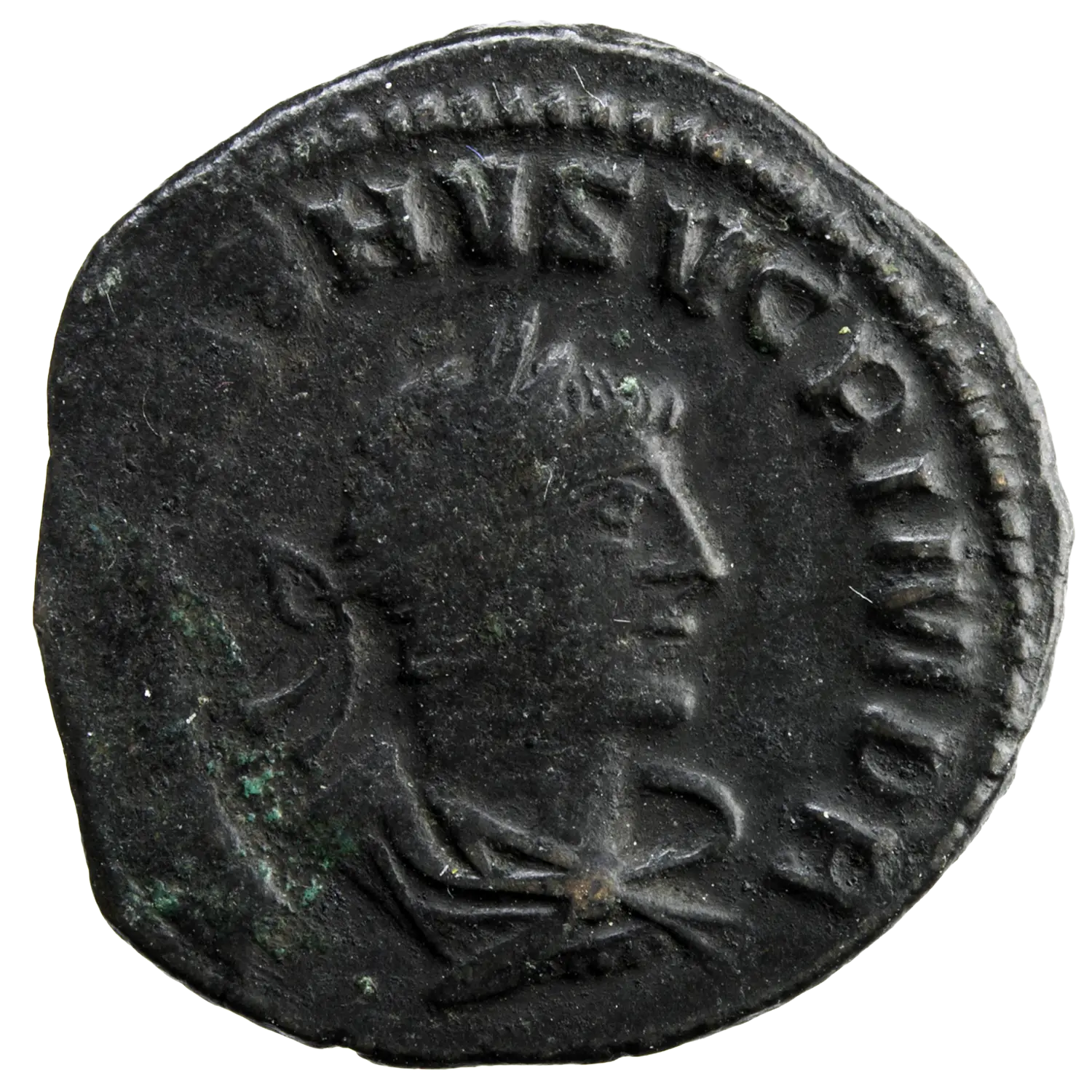Description
Around AD 270–272, the Roman Empire was going through a period of great political instability.
After the death of Claudius II Gothicus, Aurelian became emperor (270–275). At the same time, the Empire was divided:
-
In the West, the Gallic Empire.
-
In the East, the Palmyrene Kingdom, ruled by Zenobia on behalf of her young son, Vaballathus.
Zenobia gradually took control of Egypt and Syria while maintaining a façade of loyalty to Rome. At first, coins struck in the East bore the portrait of Aurelian on the obverse and that of Vaballathus on the reverse — a symbol of “alliance” or political duality.
But this diplomatic façade concealed an attempt at independence: before long, Vaballathus assumed imperial titles, and Zenobia was defeated by Aurelian in 272.


